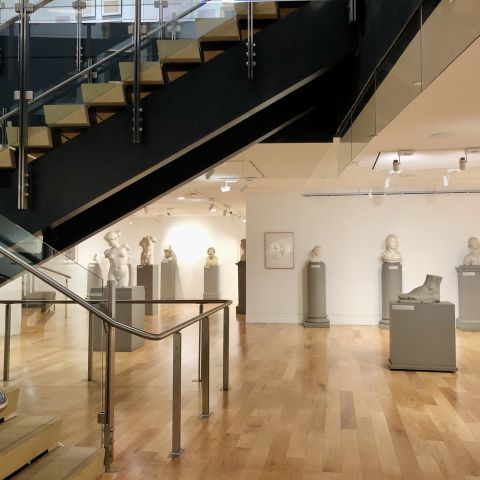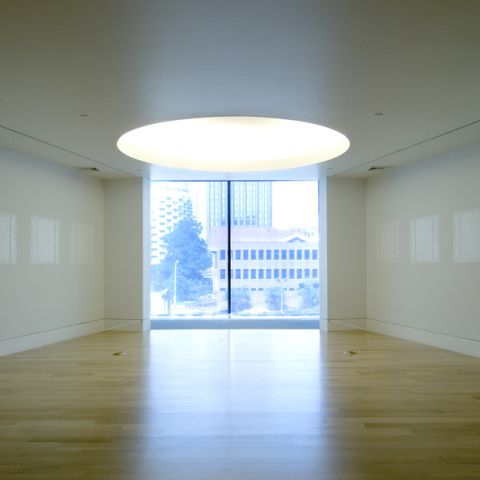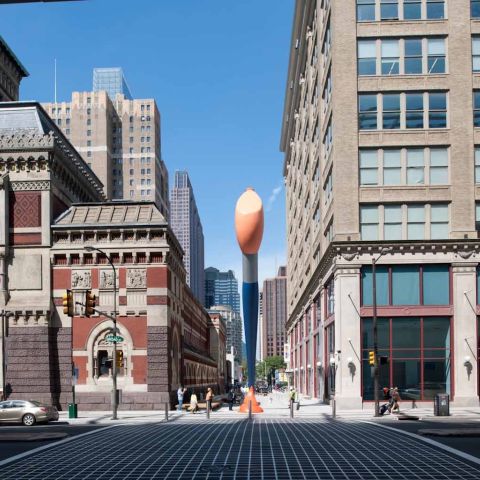American Revolution American Memory
On July 4th, 1776 the Continental Congress approved the Declaration of Independence in Philadelphia, the birthplace of American Independence. The paintings hung here span from the conclusion of the American Revolution, with the 1783 double portrait of the great financiers of the war, Gouverneur Morris and Robert Morris, to the early days of the young republic with Charles Willson Peale’s self-portrait, The Artist in His Museum, completed in 1822.
In this iconic painting Peale, a founder of PAFA and a revolutionary himself depicts his first museum, which once occupied the second floor of the building known today as Independence Hall. As Peale tantalizingly pulls back a red curtain, you can see his gallery of American wildlife, natural history, and American “worthies”—the men he admired for their roles in the American Revolution, such as Benjamin Franklin and George Washington, whose portraits hang here today. Although women were not included in Peale’s gallery of worthies, they played an important part in the society that has come to be known as the “Republican Court”—a social and political network of men and women presided over by Martha and George Washington. Here Martha Washington watches over the ladies of the Republican Court—a generation of learned, sophisticated women captured in their simple elegance by the cosmopolitan artist Gilbert Stuart—much as she watched over them and their potential husbands during the balls, teas, and assemblies fashionable in early national Philadelphia. Placed today side by side the worthies in Peale’s gallery, the ladies of the Revolution and early republic are remembered today for being active partners with their husbands, fathers, and brothers in inventing and cultivating the artistic, social, and political networks that would define the new United States of America.
We're so excited you're planning to visit PAFA!
Make time for art — visit us Thursday to Sunday.
Before reserving your tickets, please review helpful information about museum hours, accessibility, building access, and special admission programs.
If you have any questions, feel free to reach out to us at visitorservices@pafa.org — we’d love to help!


